Disney’s newest live-action remake, Snow White (2025), was destined for poor reception from the very beginning. With a star-studded cast featuring Rachel Zegler in the titular role and Gal Gadot as the Evil Queen, expectations for the movie were high. Then came the announcement that the plot would be altered to suit modern audiences: no Prince Charming, fewer iconic music numbers, and power ballads.
These tweaks are intended to depict Snow White as an independent and determined woman whose existence revolves around being a kind leader rather than a royal princess in search of her Prince Charming. This was instantly confirmed when the first musical number saw Snow White, her parents, and the villagers singing about sharing and loving one another—a touching, yet predictable, message.
When Gadot was introduced as the Evil Queen, the movie theater seemed to heave a collective sigh, correctly expecting disappointing and lackluster acting. Overzealous to no effect, it was clear that little effort was made regarding her physical acting.
All her energy was placed on getting a malevolent voice right, but this was even unconvincing. Gadot, unfortunately, has little substance to provide, a sentiment which also resounds in reviews for her role in Wonder Woman (2017).
Zegler, in the principal role of Snow White, evokes better reactions than her co-star. With a beautiful singing voice, she reinvents classics like “Whistle While You Work,” giving it a more commanding and theatrical sound. Her acting, however, felt unremarkable.
Her embodiment as a heroine rather than a fairytale princess is one of the adaptation’s strengths, serving as a positive message to young audience members. Still, this message felt more gimmicky at times. It’s difficult to rewrite a fairy tale character to suit the modern concept of femininity when the original—however outdated—is considered a classic. Aiming to make Snow White into a Joan of Arc is simply too much for Disney to accomplish.
The film finally started to feel like the original Snow White and the Seven Dwarfs story when a four-part echo of the well-known “Heigh Ho” rang through the cinema. Enchanting visuals of glimmering gem mines served as the audience’s introduction to the beloved dwarfs.
Although the CGI animation of the dwarfs’ faces felt slightly off, their inclusion in the film was the highlight. Though opposition came at the film’s outset about still telling a story with dwarfs shown in such a light, Snow White isn’t the same without Bashful, Doc, Dopey, Grumpy, Happy, Sleepy, and Sneezy.
One aspect of Snow White that left audiences in mixed sentiments was the replacement of Prince Charming. Rather than a uniformed soldier, Disney presents us with Jonathan, a hoodie-wearing bandit who joins Snow White in her venture to save the kingdom from the Evil Queen.
Jonathan is joined by six “bandits,” leading audiences to suspect that the seven dwarves were added later to avoid the film being accused of straying too much from the original plot. The bandits’ inclusion felt pointless and did not affect the plotline.
Failing to replicate the successes of other Disney live-action remakes such as Beauty and the Beast (2017) and Aladdin (2019), Snow White will likely end up with the Cinderella (2015) treatment—forgotten and looked over.

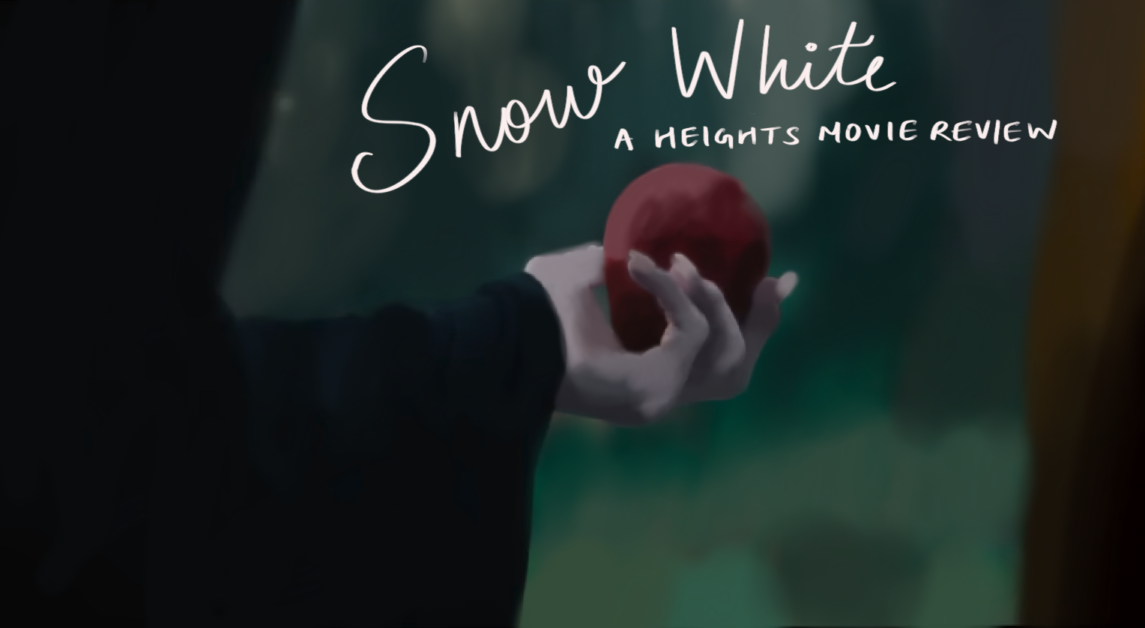
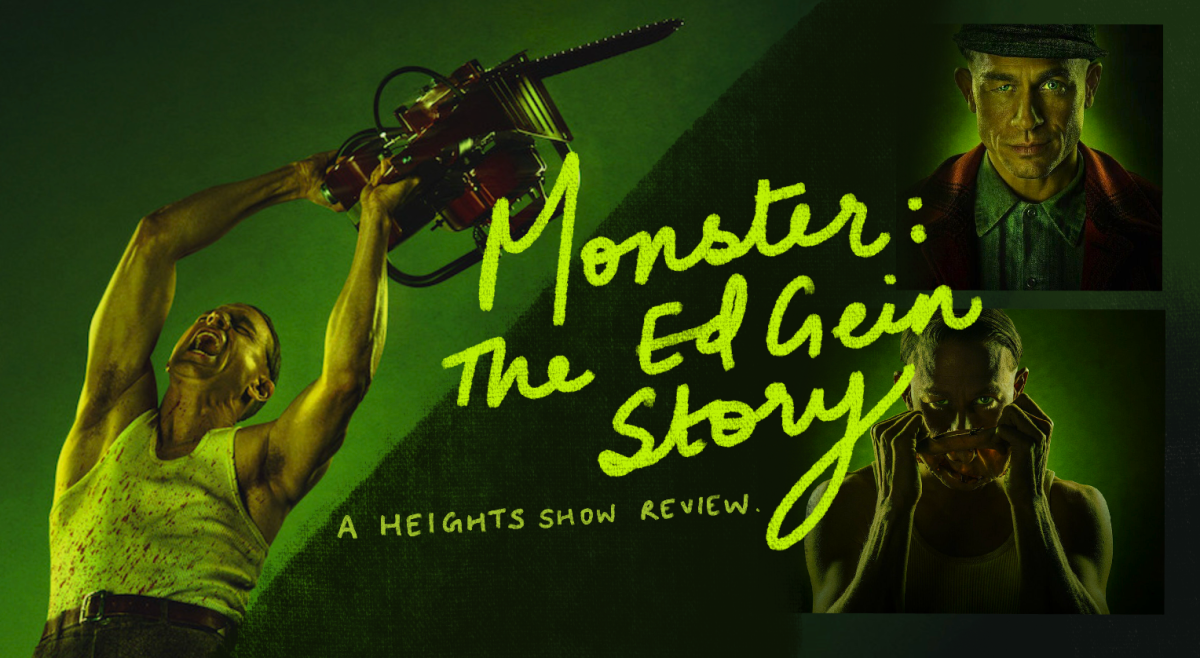

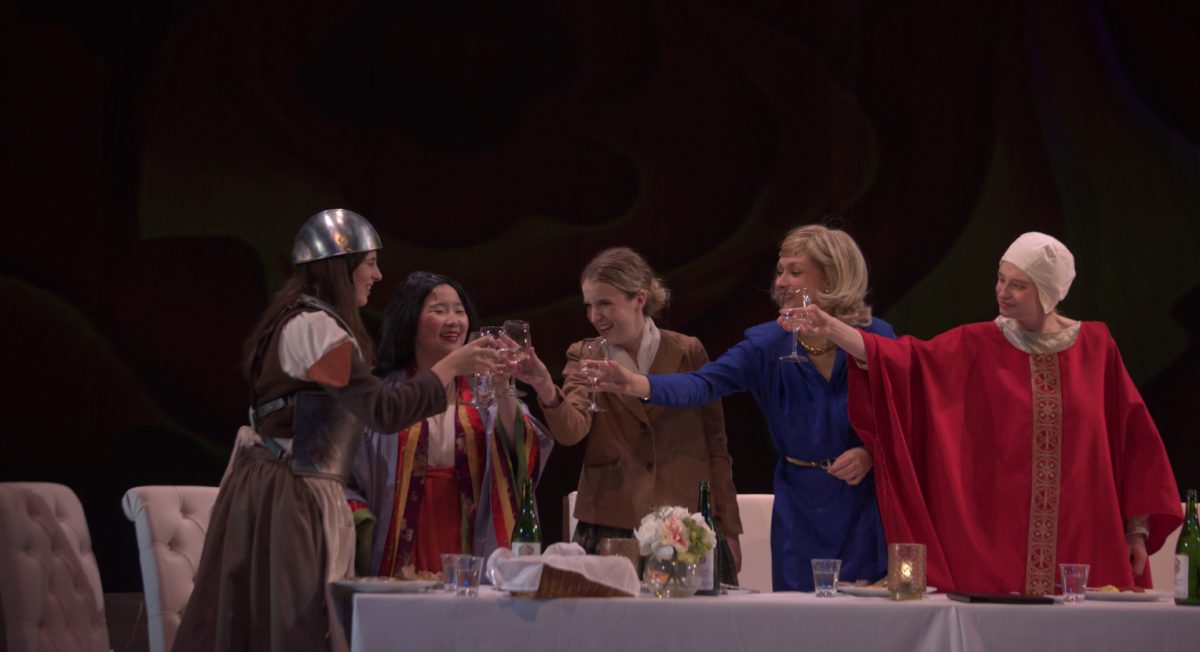
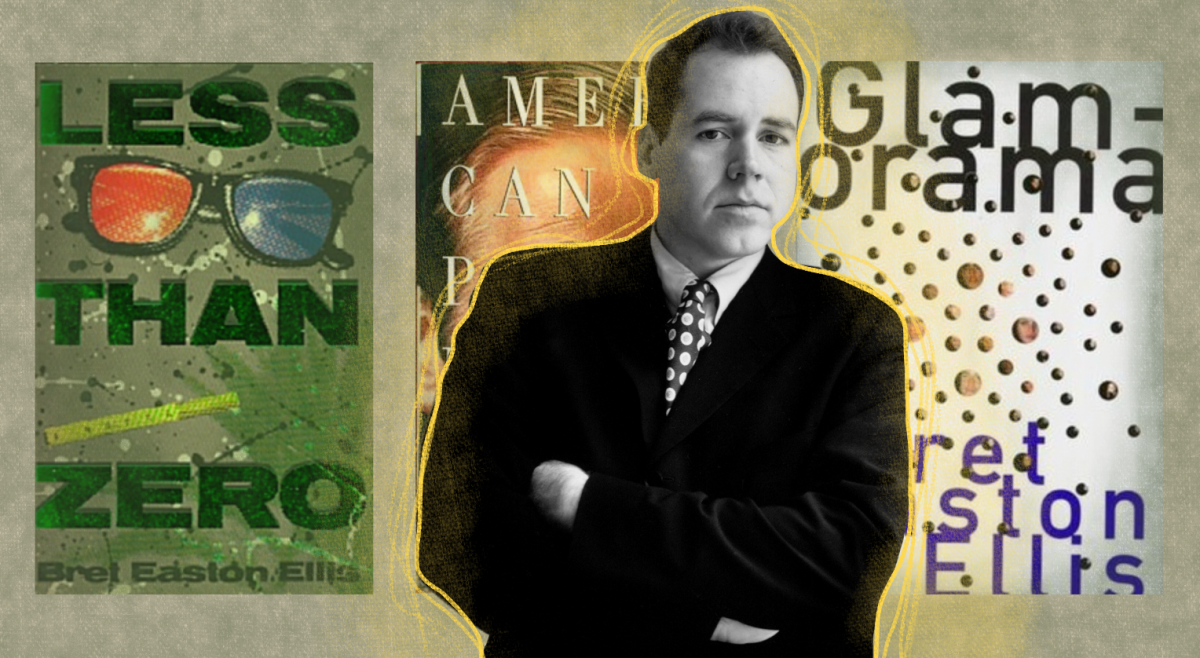
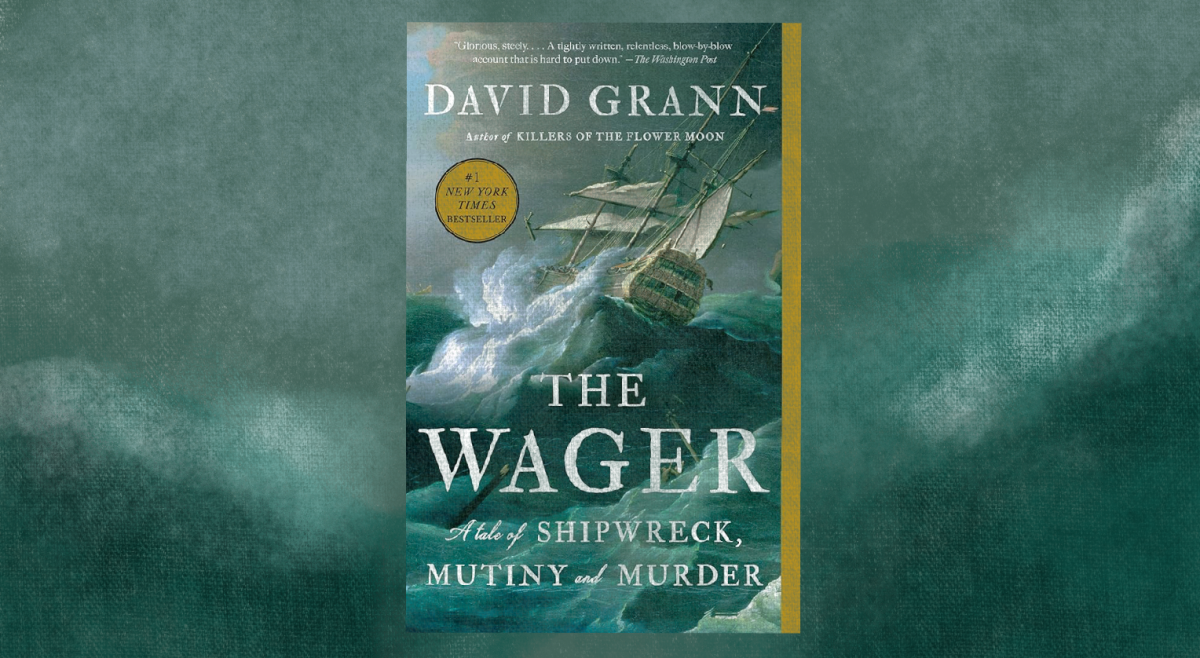
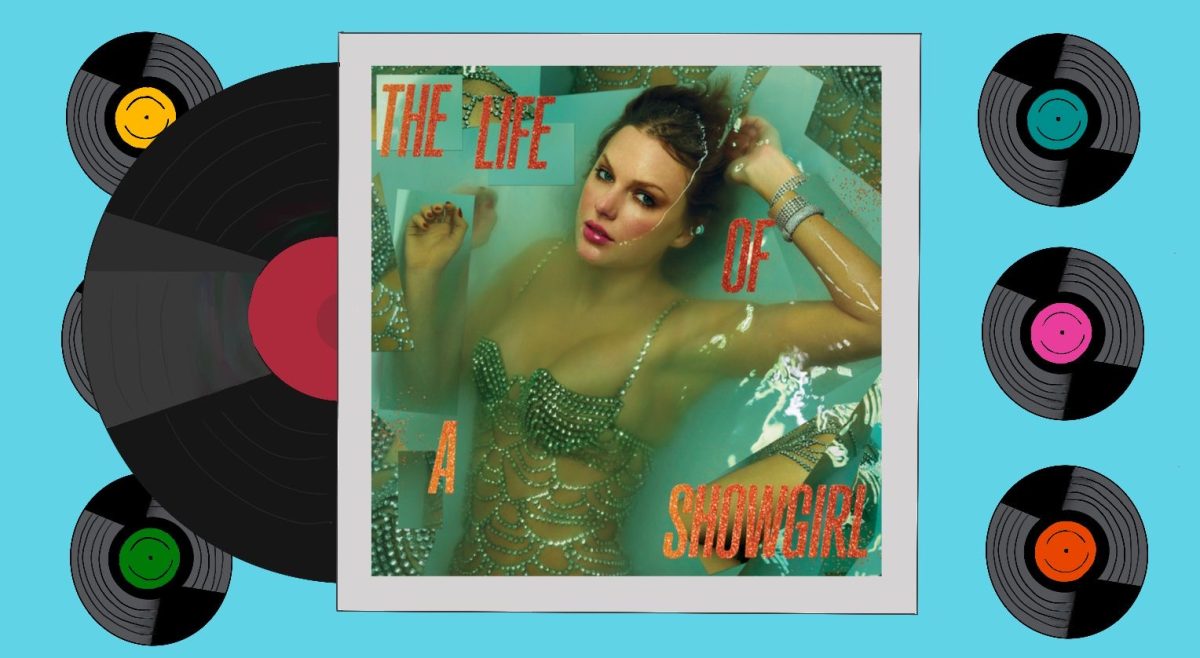
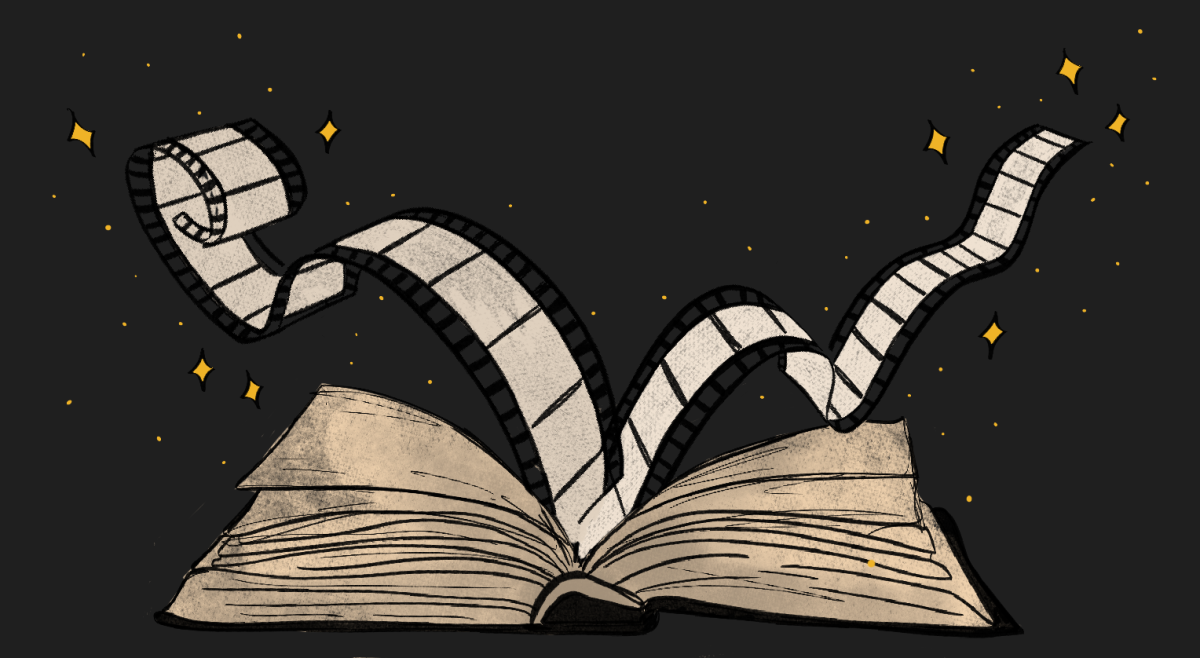
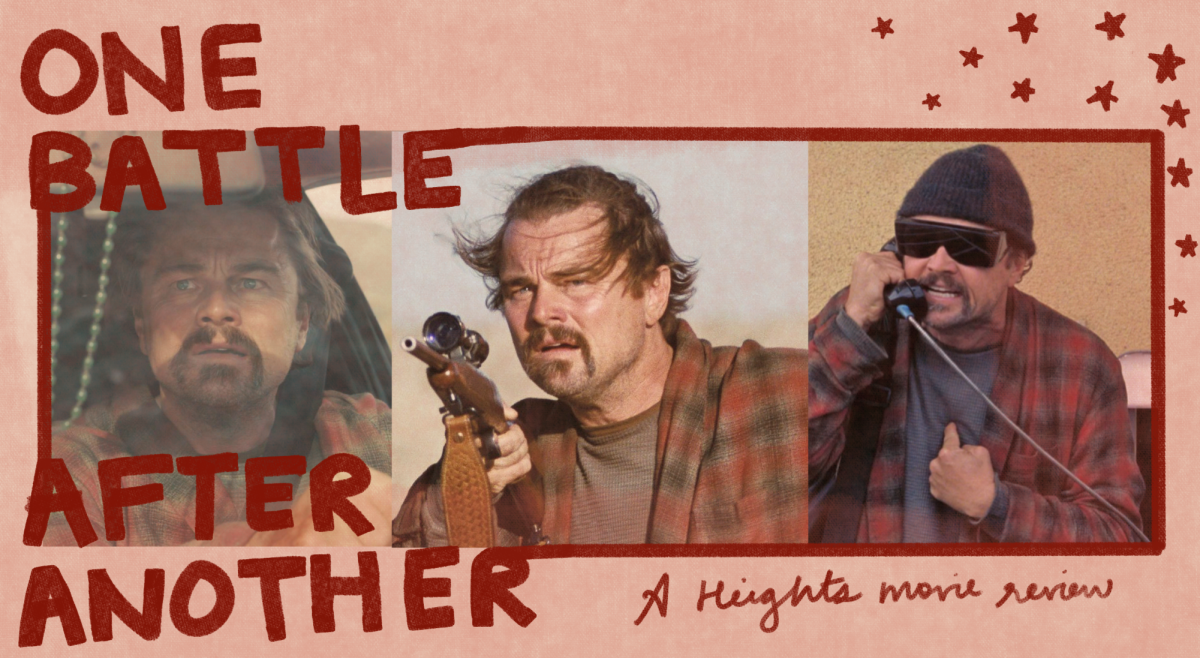

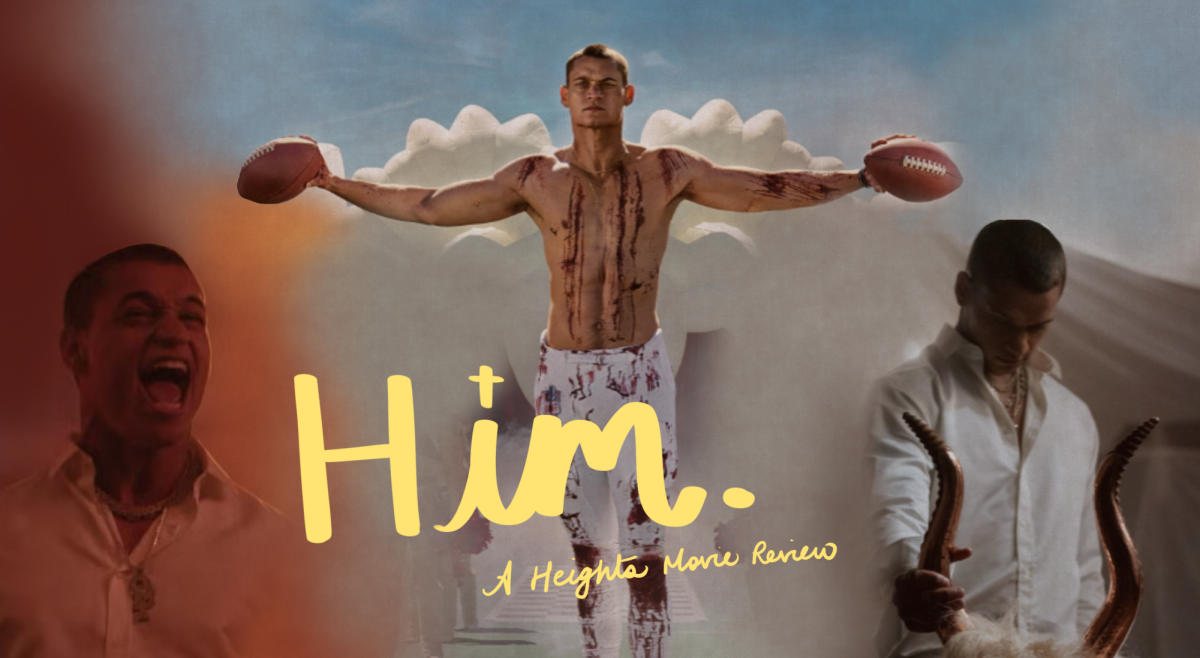


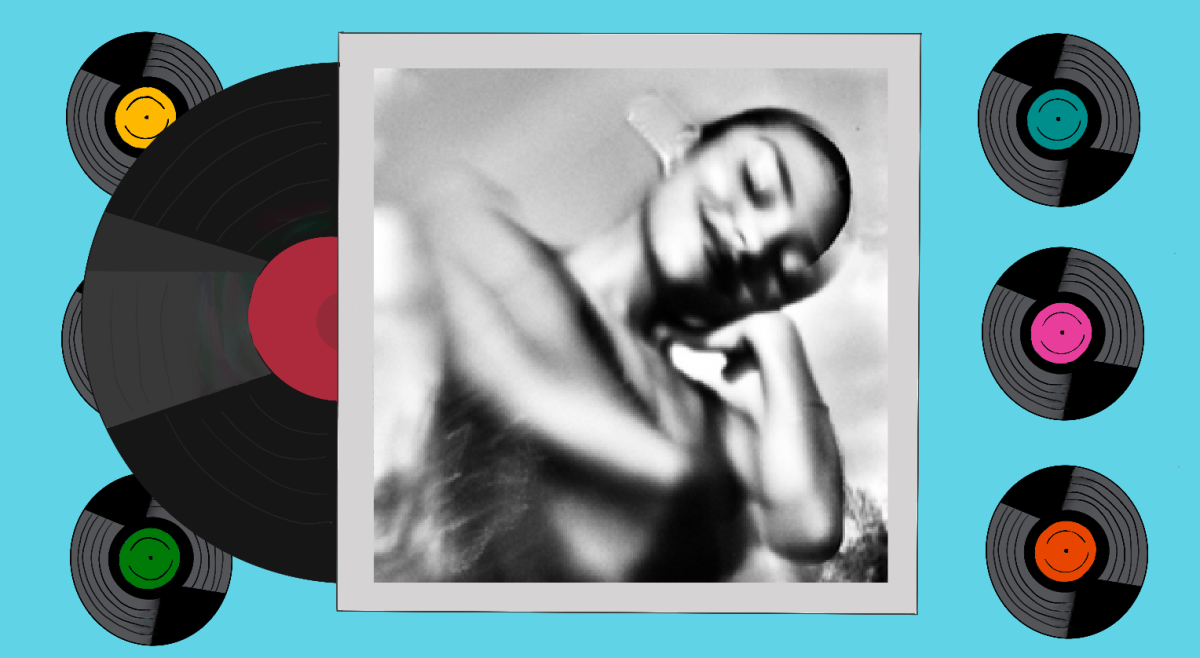
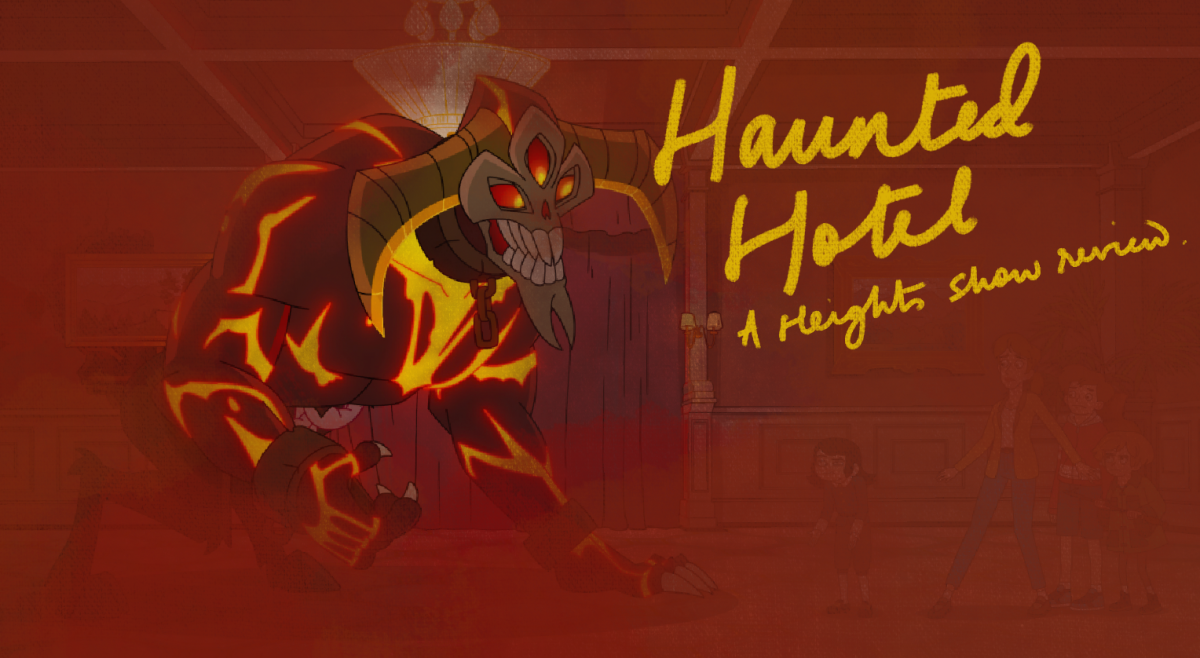
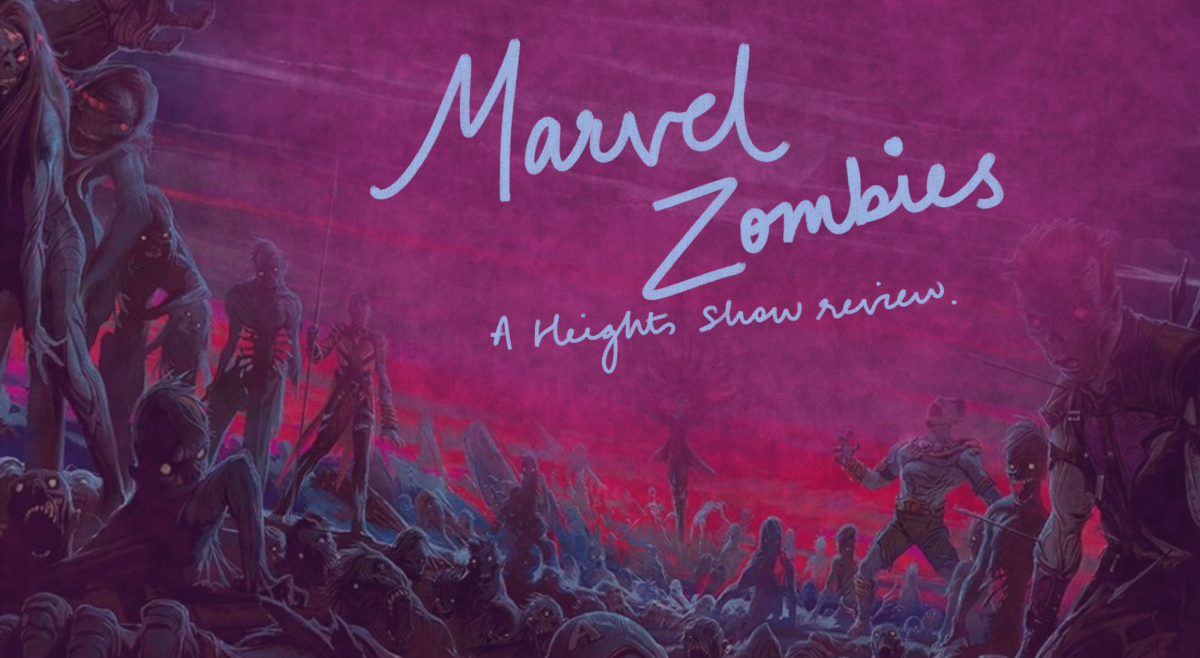
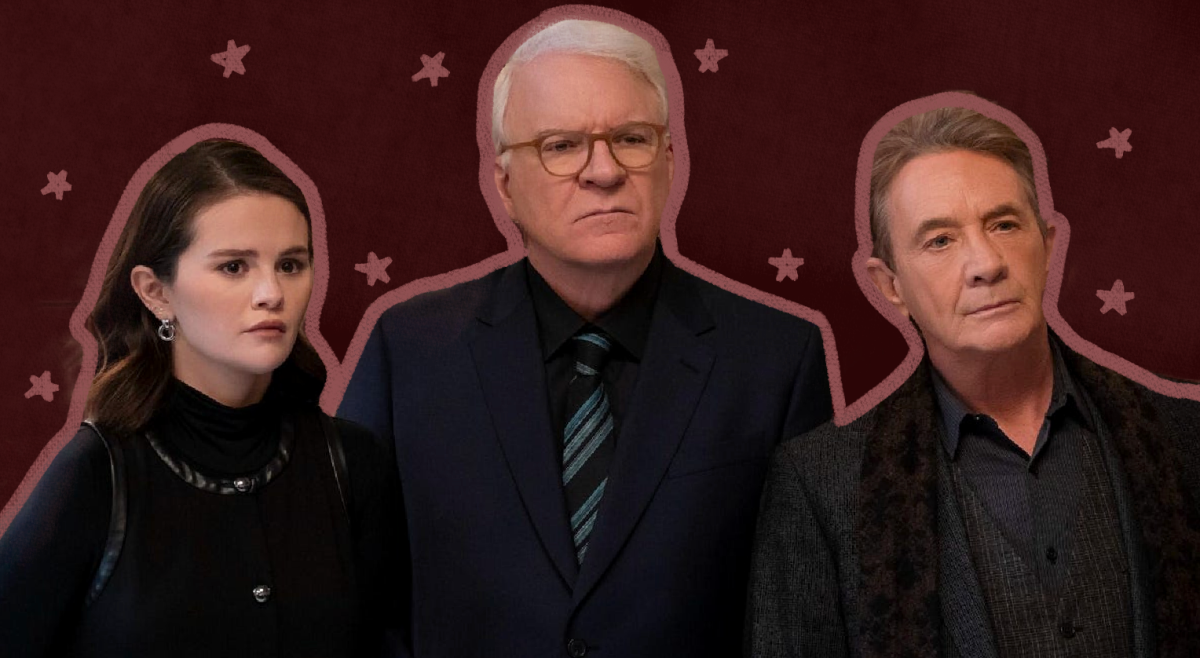
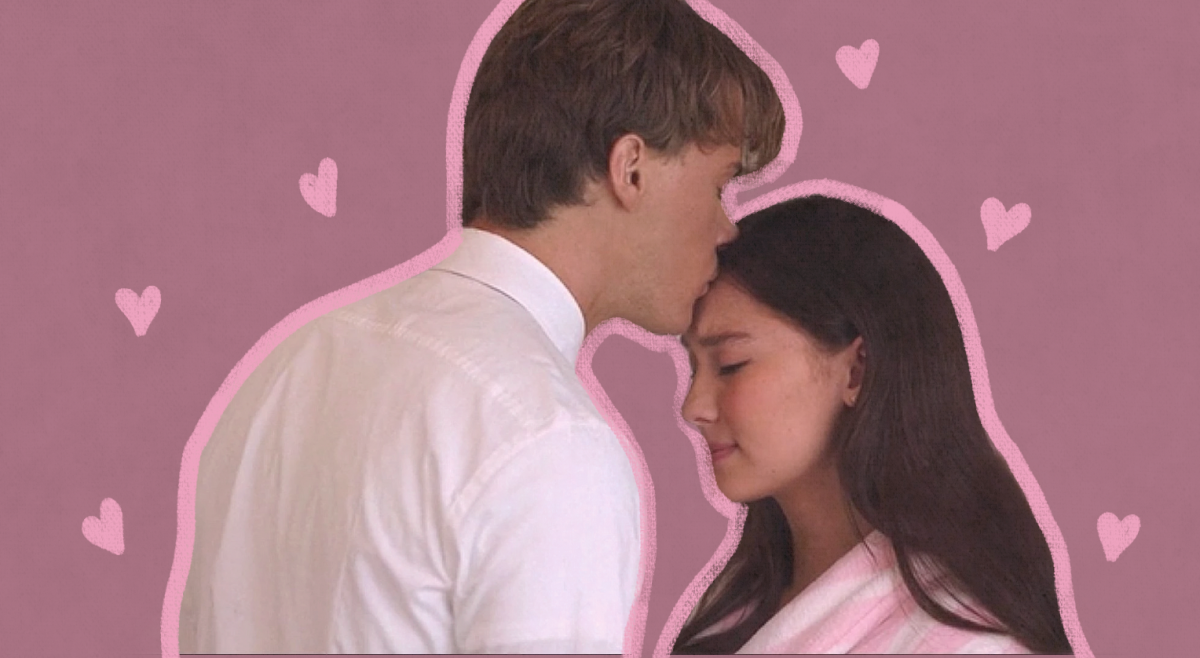
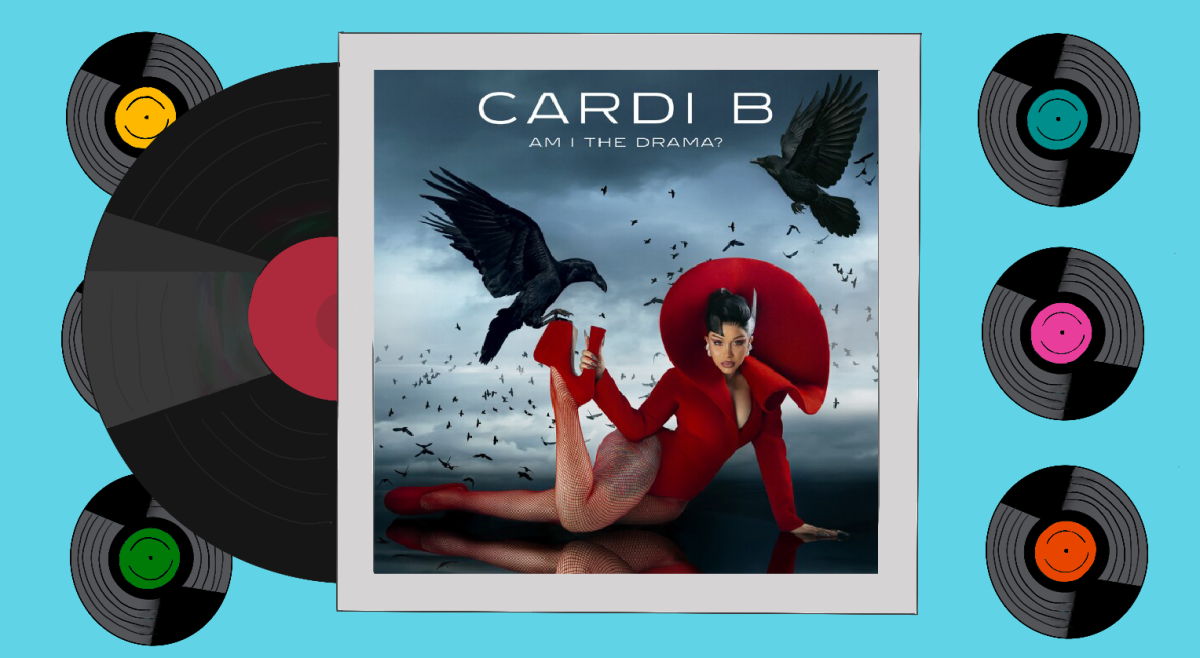
cgesange • Mar 28, 2025 at 4:44 am
It was good to see this review critiquing the film (whereas most reviews are just advertisements), but implying that Joan of Arc was some sort of feminist action figure has been debunked even by the feminist historian Helen Castor for many reasons (for example, Joan of Arc’s entire theme was promoting Charles VII’s claim to the throne which was based largely on the argument that the English claim was invalid because it came through the maternal rather than paternal line (French legal custom blocked women from the line of succession and therefore also prevented them from transmitting a claim to their son); and Joan also said “I would rather stay home with my poor mother and spin wool” rather than have any role in the army, which involved carrying her banner rather than fighting or directly leading, as she herself also said). She was a religious visionary in an era when there were many female religious visionaries and mystics who gave advice to leaders, such as when St. Catherine of Siena advised Pope Urban VI only a few decades before Joan of Arc was born.